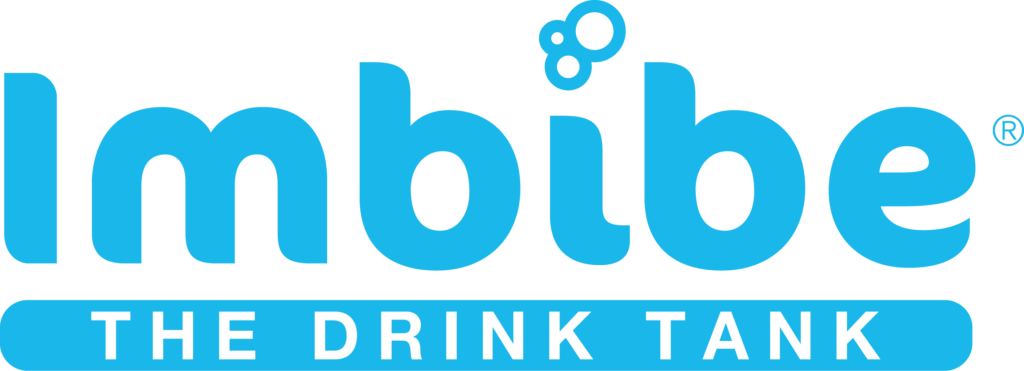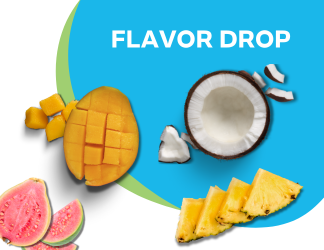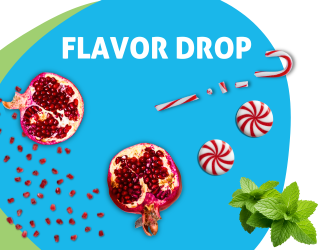- Cost consciousness – Consumers have been willing to pay more for convenience and premiumization since the end of the 2008 recession, but economic uncertainty resulting from the COVID-19 pandemic makes cost a top consideration. Consumers will seek out products that are affordable and meet taste, quality and functional expectations, especially for everyday items like coffee or sparkling water. This may pose a challenge for smaller brands launching niche products that incorporate novel ingredients with immature supply chains, thus upping the cost to produce. Big food brands, however, have a key advantage in the industry, which is healthy financial flexibility to pivot when directions change and absorb price reductions of their products to beat out competition on the shelf. Innovation and smart formulation will be essential for cost considerations.
- Demand for DIY – With a significant percentage of the population under stay-at-home orders and surmounting fears about crowds at grocery stores, there’s been increased interest in kits that provide all the necessary tools and ingredients to create great tasting food and beverage without leaving the house. Even after the country is given the “all clear” to be out and about, there may be some residual uncertainty about the safety of crowded public places, which means this trend has staying power for the foreseeable future. Though many meal kit programs have reported difficulty maintaining customers in the past, there’s been a boom of purchases since stay-at-home orders went into effect, which is evident by the rising stock prices of brands like Blue Apron and Hello Fresh since March. Shake Shack also jumped on the meal kit bandwagon by creating cook-at-home burger kits complete with cheese, buns and their special sauce. Other examples of DIY kits include creating premium cocktails, brewing kombucha, and making nut milks.
- Essential functions – Expect greater demand for beverages that support improved immunity, sleep and stress relief. There was a market for all three of these types of functional beverages before COVID-19, but consumers have a heightened focus on staying healthy right now and are experiencing considerable stress and lack of sleep due to the uncertainty of their physical and economic wellbeing. Antioxidant-rich superfoods, probiotics, elderberry, echinacea, turmeric and ginger are some of the ingredients you can anticipate seeing in immune-boosting beverages. Calming ingredients like lavender, chamomile, green tea (due to its l-theanine content), cacao, and hemp-derived CBD will be used in mood boosting and calming beverages. More novel ingredients like adaptogens and medicinal mushrooms, which potentially have mood boosting and immunity benefits, may also become more popular, though they tend to be more expensive which could limit their entrance into the mainstream.
- A taste for nostalgia – During times of stress and panic consumers tend to seek out the familiar which is why nostalgic products and flavors that evoke pleasant memories will be popular. This might be a childhood favorite like s’mores or birthday cake flavored products, or seasonal flavors like lemonade in the summer and pumpkin in the fall. Given that many of our lives have been turned upside down, nostalgia may relate to something even more recent, such as choosing products that remind you of going to the beach as the weather warms up or time spent with friends in recent months.
- Rethinking escapism – Consumers are becoming more adventurous with their food and beverage choices, which is why experience culture has been a driver of innovation and purchase decisions for the last several years. The reason consumers are seeking out these experiences is to escape from their daily routine and enjoy something novel and exciting as opposed to simply choosing a food or beverage to satiate hunger or thirst. Foodservice has led innovation in creating experiences that help consumers escape by introducing new formats for enjoying food (e.g. the Alinea green apple dessert balloon), offering stimulating sensory experiences (e.g. colorful and beautiful superfood lattes), or creating over-the-top presentations (e.g. the cotton candy wig at Barton G.). Consumers will likely be eating out less often for a while, so CPG brands will be challenged with creating adventurous sensory experiences that induce excitement and help consumers escape from the mundane. In addition to playing on many of the trends mentioned in this blog (i.e. DIY, function, and nostalgia), brands can create a unique experience through exotic flavors, enticing colors and novel textures like nitrogen infusions.
We know this has been a challenging time for the industry as we are all scrambling to adjust to the new normal. Despite all the changes we are experiencing in our daily lives, the importance of a reliable and affordable food supply has never been clearer. Together we can achieve product innovation, support our communities, and maintain growth in our industry. If there is anything we can help with during this time, please reach out to us at thedrinktank@imbibeinc.com.



